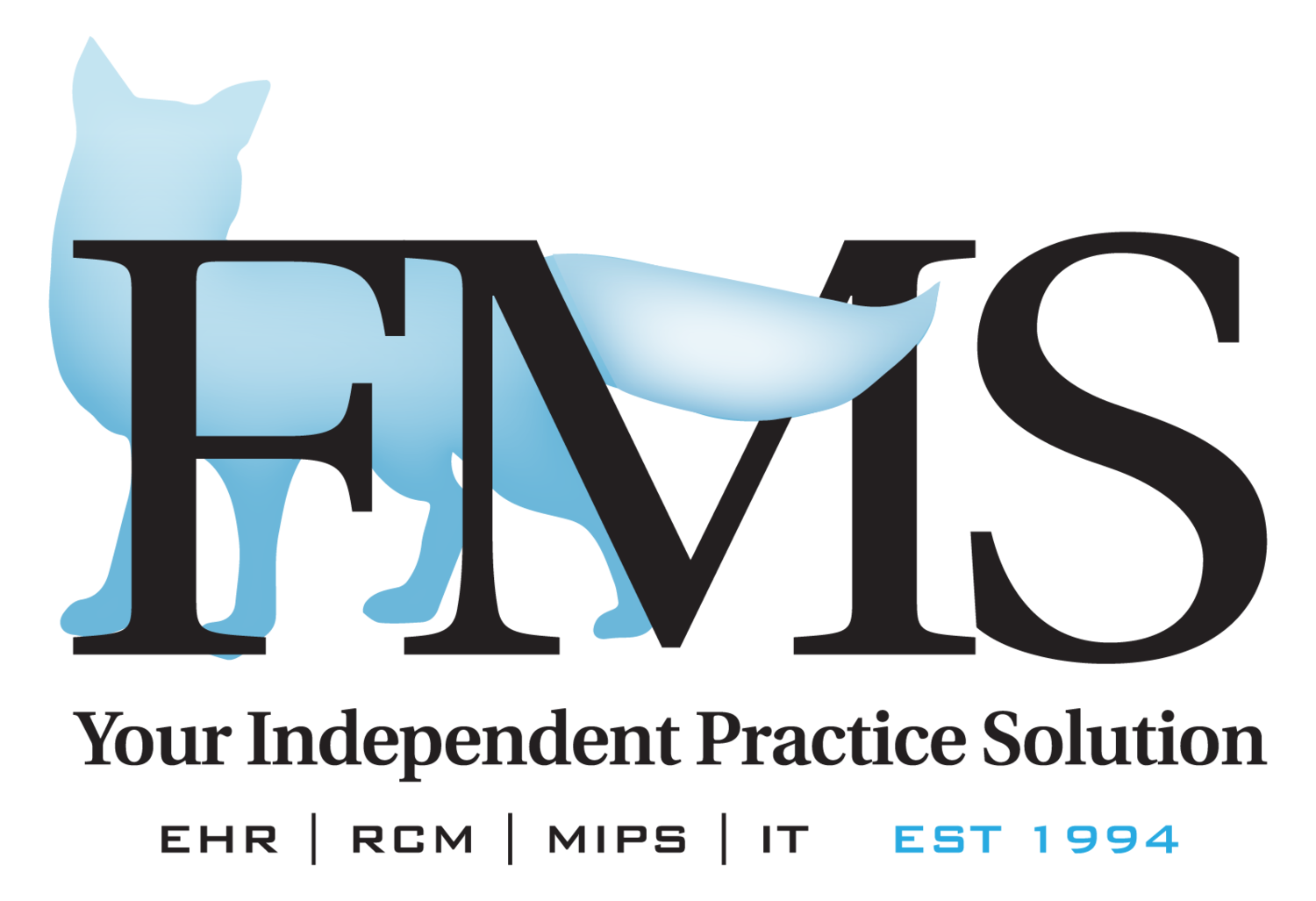
MACRA/MIPS
If you are part of the 50% of physicians who have never heard of MACRA or MIPS, let us help you!
At Fox Meadows, we have staff dedicated to helping clients navigate the complicated web of Medicare payment reform. We offer a MIPS Assist program that helps practices become intimately familiar with all of the components and requirements of MIPS. We will also work with you to develop a comprehensive MIPS strategy tailored to meet the needs and strengths of your practice. If you are interested in learning more about our MIPS Assist Program, please contact us.
Over the years you may have become familiar with quality reporting programs such as Meaningful Use (MU), Physician Quality Reporting System (PQRS), and the Value-Based Modifier (VBM). Although 2016 is the final year for each of these programs, their impact can easily be seen in the new Merit-Based Incentive Payment System (MIPS) which begins on January 1st, 2017 and replaces these existing programs. MIPS combines these three programs into one comprehensive approach with the intention of lowering the reporting burden on physicians.
The Merit-Based Incentive Payment System is a key component of the Medicare Access & CHIP Reauthorization Act, or MACRA which establishes new ways for physicians to be reimbursed for care delivered to Medicare beneficiaries. In addition to the MIPS payment pathway, MACRA also outlines a way for physicians to be reimbursed through Alternative Payment Models (APM), although CMS estimates that over 90% of physicians will fall into the MIPS payment pathway.
The Merit-Based Incentive Payment System will score physicians based on performance across four categories. The scores from each category will be added together to obtain a MIPS composite performance score (CPS) out of a possible total of 100 points.
The Four Categories In Which Providers Will Be Assessed Are Broken Down As Follows:
1) Quality Performance (60%)
In 2017, Quality Performance will count for 60% of your MIPS composite score. The Quality Performance category will be modeled similarly to the PQRS program with a few key differences. Providers will now select six, instead of nine, quality measures and will also not be required to cover three NQS domains. Instead, one of the six measures selected must be an outcome measure, as defined by CMS. Physicians will be scored on a 1-10 scale for each individual measure in relation to how they perform compared to other physicians. In addition, there are opportunities for bonus points in this category.
2) Advancing Care Information (ACI) (25%)
Although changed in name, the ACI category is strikingly similar to the Meaningful Use program. The score for the ACI category will be made up of a Base Score and a Performance Score. The Base Score of 50 points is earned by providers who meet five base objectives that will look very familiar to practices who have successfully attested to Meaningful Use in the past, but there are no longer thresholds which have to be met in order to obtain the 50 points Base Score. The Performance Score will be out of 90 points and will evaluate how well the practice completes nine additional measures, each of which will be scored from 1-10. A provider only needs to eclipse 100 points to obtain the maximum amount of points for the ACI category.
3) Resource Use (0%)
The Resource Use category will compare resources used to treat similar care episodes and clinical condition groups across practices. This will be done by calculating values such as total per capita costs for all attributed beneficiaries and Medicare Spending per Beneficiary (MSPB). CMS calculates Resource Use based on claims data so there are no reporting requirements for this category. Similar to the Quality Performance category, Physician’s Resource Use will be scored on a 1-10 scale for each episode in relation to how they perform compared to other physicians.
4) Clinical Practice Improvement Activities (15%)
Unlike the other three categories which were modeled after existing programs, the Clinical Practice Improvement Activities (CPIA) category is completely new. A CPIA is an activity that is identified as improving clinical practice or care delivery and likely resulting in improved outcomes. Practices with 15 physicians or less can earn maximum points in this category by implementing two CPIAs while those with more than 15 physicians will need to implement between three and six CPIAs.




